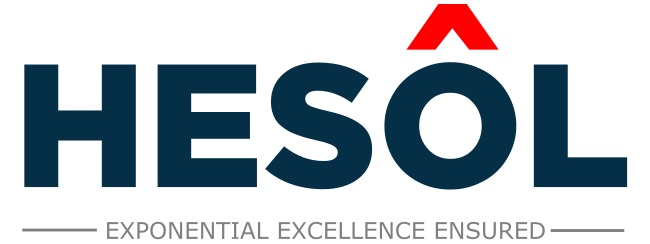
Go-To Market (GTM) Strategy
Go-To-Market (GTM) strategy is a detailed step-by-step methodology and plan created to successfully launch a product from concept to shelf. Not just that, GTM strategy also includes the supply chain and logistics strategy which includes planning, sourcing, manufacturing, and distribution. GTM Strategy also includes product positioning in the market, cost strategy, and pricing strategy.
Depending on the industry, there are multiple components that are part of the Go-To-Market strategy. But in generic, there are 6 key components in a GTM strategy namely –
-
- Go-To-Market Strategy Framework
- Supply Chain Design – Network
- Logistics Strategy
- Pricing Strategy
- Customer Experience – Order to Delivery
- Supply Chain Standardization – Process + Systems
“Organization with the best supply chain wins. And to achieve this status, detailed GTM strategy aligned with the market and voice of customer is a must.”
6 Themes part of GTM strategy
Supply chain strategy would be a subset of the overall strategy and an especially important one. SCM Strategy would touch in all the key touch points of the business. Supply chain strategy maps out the high-level schematic of the material flow, stocking points and the service levels. At the Framework we discuss the various supply chain models with which we can effectively align the supply and demand. This impacts the rest of the deliverables. At this stage, the voice of the business is heard from the client and documented. Accordingly, the framework is presented. The Supply chain would be presented in the form of a value stream map. In the sense, this framework would include all the below steps – Network, Logistics and Pricing Strategy but at a high level to an extent of decision making.
Key Deliverables: Supply Chain Framework
Leveraging the Business Supply and Demand points a network model would be built to arrive at the most optimum way to service customers on time. Key decisions on stocking points, transit points, inventory decisions and all policies around that would be taken care of part of this.
Key Deliverables: Network Model and Recommendations
Primary and Secondary Transportation are the key deliverables here. Unit economics study would be conducted to decide on the workflow of packing, storage and transportation till the product is delivered to the customers. Unit costs are arrived at here which goes as an input to the pricing strategy. Detailed logistics cost mapping would be done here at an overall as well as unit product level. Note: Global Logistics would be covered here.
Key Deliverables: Logistics Recommendations, Cost mapping and Unit Cost
Overall Supply Chain Costs are arrived at; Factoring in the COGS, the Pricing Strategy is presented. There would be channel-wise pricing strategy depending on the overall supply chain framework and the logistics strategy.
Key Deliverables: Pricing Strategy by Channel
Key areas are – (1) Seamless execution of order to delivery (2) Seamless financial transactions (3) Agile reverse flow also (4) Service plan and availability.
Key Deliverables: Order to Delivery Process, Flow, Systems and all related to this.
Supply chain standardization covers all the standard operating procedures, material flow norms, Safety norms, Warehouse best practices, Logistics norms, Inventory Policies, Replenishment Norms, Planning nuances and much more.
Key Deliverables: SOP, Policies, KPI, MIS and so on.

